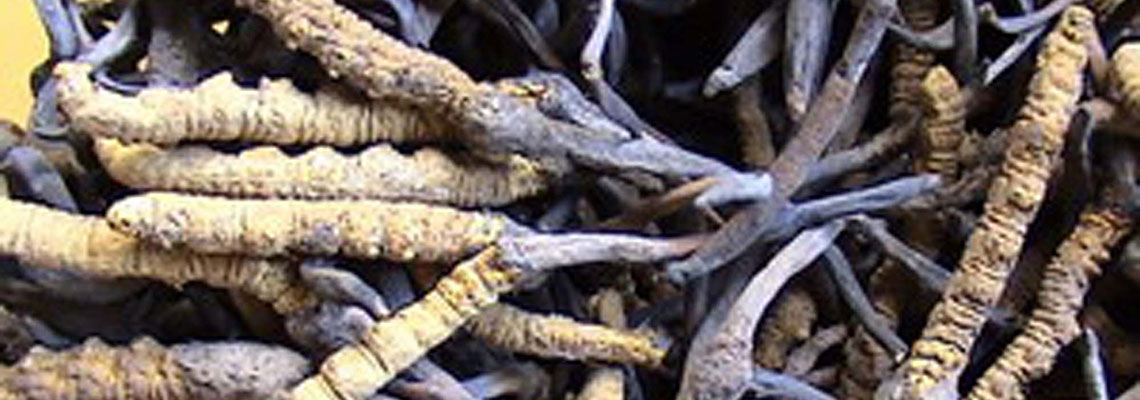Herbs & Medicinal Tour in Nepal 7 days
Sven Star trekking and Expedition will arrangement program which suited for those in the medical field is our ‘Herbs & Medicinal Plants’ trip. Nepal’s unique topography and climate, in the very center of the 2400km long Himalayan chain, encourages a wide range of rare and valuable medicinal plants and has afforded a long history of their use as herbal drugs. According to the ethnobotanical Survey, there are 700 plant species in Nepal used as medicinal herbs by Ayurvedic practitioners, 200 of which are aromatic. We can also arrange individual programs to suit every branch and discipline within this field.
Medicinal herbs found in Nepal
Normally the following herbal and plant can find in Nepal:
Asuro (Justicia adhatada), Ghortapre (Centella asiatica), Indrajau (Holarrhena pubescens), Barro (Terminalia bellirica), Harro (Terminalia chebula), Laligurans (Rhododendron arboreum), Chiraito (Swertia angustifolia), Khayar (Acacia catechu), Rajbrikksha (Cassia fistula), Dhaniyaro (Woodfordia fruticosa), Kaphal (Myrica esculenta), Neelkamal (Nymphaea stellata), Debdar (Cedrus deodara), Padamchal (Rheum australe), Majhitho (Rubia manjith), Ritha (Sapindus mukorossi), Pakhanbed (Bergenia ciliata), Kutki (Neopicrorhiza scrophulariiflora), Tulsipatra (Taxus baccata), Sugandhawala (Valeriana villosa) etc..
Herbal plants in bunches are exported via the entry point from the Nepal. The Plants of medicinal significance such as such as Yarsagumba, Jatamashi, Nirmashi, Chiraito, Bikha, including others, are exported legally. Valuable herbal plants are mostly found in the forest area of Barpak, Laprak, Gumda, Uhiya, Chhekampar, Ramagaun, Lho and Kerauja. Medicinal plants worth over Rs 50 cores is exported to India and Tibet annually.
Yarsagumba “The Gold Rush”:
Yarsagumba with its Latin name Cordyceps Sinensis literally means summer plant and winter insect in Tibetan. Before the rainy season begins, spores of the cordyceps mushroom settle on the heads of caterpillars’ that lives underground. The fungus gets so much into the body of the caterpillars’ that it grows out through its head and drains all the energy from the insect and ultimately it dies.
Yarsagumba, Yarshagumba or Yarchagumba is a rare and unique herb that grows in the meadows above 3,500 meters (11,483 feet) in the Himalayan region of Nepal. There are various types of famous medicinal plants found in Nepal but the popularity of yarsagumba is simply overwhelming. For the last couple of years, the trade of yarsagumba is increasing and it has been regarded as an expensive life-saving tonic. A headache, toothache or any other disease – yarsagumba is the remedy. And not only that, it is also believed to be a cure for sexual impotence – a Himalayan Herbal Viagra.
Every year during May and June, thousands of villagers from remote areas risking their own lives head for high mountains to collect yarsagumba. It is estimated that one villager can earn up to Rs. 2,500 approximately to $35 a day by collecting yarsagumba which is beyond the monthly salary of many Nepalese households. Dolpa – a remote district in western Nepal with high steep valleys and dry climate is one of the foremost areas for collecting yarsagumba. Almost 50% of the annual supply of yarsagumba comes from Dolpa alone. Here, not only the adults but school goers also take unofficial holidays in search of the gold rush.
The collection of yarsagumba was illegal until 2001 but following its popularity and the lobbying from various organizations, the Government lifted the ban but imposed a royalty rate of Rs. 20,000 (US$ 280) per kilogram (2.2lbs). One kilo of yarsagumba that costs about Rs. 315 (US$ 5/6) in 1992 increased to Rs. 105,000 (US$ 1,435) by the year 2002 and the price has been shooting up so as the international interest on the mysterious half-caterpillar-half- mushroom known as yarsagumba.
Fields marked with * are required




